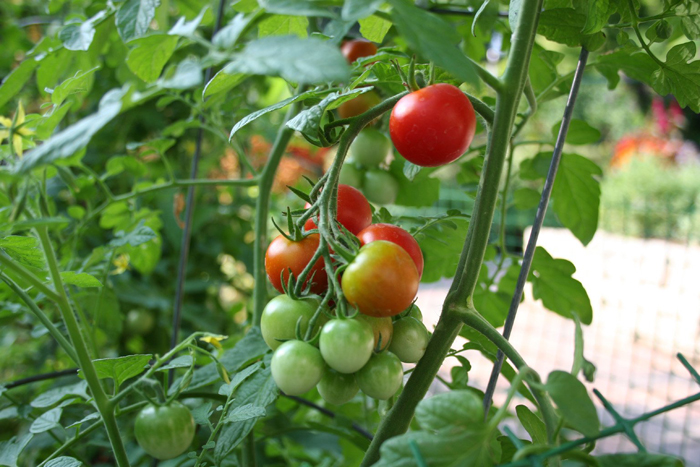By Pete Amyoony
As we head to the end of August, we have a tendency to slack off a bit with the routine chores in the garden. Those who start their own bedding plants have been gardening for over five months and may feel like taking a break but if we continue to be vigilant for a few more months, we can save ourselves a lot of work next year and extend our harvest further into this fall.
Weeding is so important at this time of year as many of the worst offenders such as chickweed, pigweed, and garden nettle are doing their best to go to seed. Keeping them pulled will prevent thousands of weeds next year.
Keeping the flowers and roses from forming seed-pods after flowering by picking off the dried flowers will help them to keep them blooming until frost. On most plants, if you let the seedpods form, they will think they have completed their life cycle and will stop producing new flowers. This also goes for many vegetables such as peas and cucumbers. If you keep them picked every few days, they will keep producing.
It is also a good idea to give a good helping of compost or well-rotted manure or a feeding of well-balanced fertilizer to all the heavy feeders such as cucumbers, squash, etc, as the soil becomes depleted around this time of year. Remember not to give too much nitrogen if you are feeding plants that produce fruit. Nitrogen will encourage leaf growth.
Check the potato plants to be sure you have hilled them enough so no potatoes are poking through the soil. If the potatoes get any light, they will turn green and have a bitter flavor and will make some people quite ill. Remember, the potatoes grow on little runners (stolons) that come off the stem, so the stem must be covered if you want good production. I try to plant my potatoes about 4-6” (10-15cm) below ground level and hill them three times until the hills are 1 foot (30 cm) above ground level by mid summer. This will also protect the tubers if you have a sudden unexpected frost.
If you want some fresh fall greens you might want to try turning over a space in the garden about two feet by 4 feet (60 by 120 cm) or larger and adding a good dose of compost and old manure. Put short rows of leaf lettuce, mizuna, spinach, radishes, etc in the bed and water it well. On each end of the bed place a few cement blocks or a chunk of wooden block and on top of this place boards about ½ inch (3/4 cm) apart to give shade to the newly seeded bed. Most of these greens and radish prefer to germinate in soil that is not too hot. As the temperature gets cooler and the plants come up, slowly move the boards further apart until they are getting full light. If you place hoops over the bed, you can cover them on colder nights in October. Most greens will take a light frost anyway. This can give you a few extra months of crisp, fresh salad greens right into the fall.




